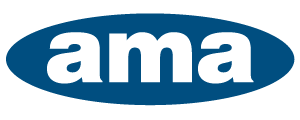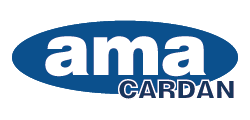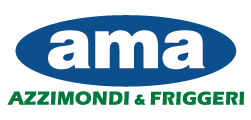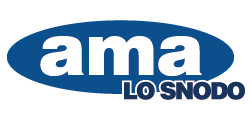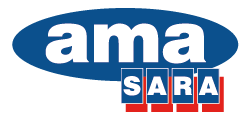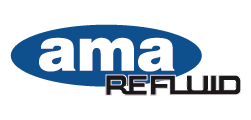I recently added a lot of information to the trimmer line product pages about when to use the different kinds of trimmer line Agristore USA has available. I wasn't able to find this information all in one place, so I decided to make an easy-to-use blog post about the topic. Hopefully you find this useful when deciding what kind of trimmer line to use. You can find square, round, pentagon, hexagon, star, twisted, triangle, and many other shapes of trimmer line. On top of that, many of these shapes come in different thicknesses. The thickness is the most important feature to consider when deciding what kind of line to buy. When it comes to choosing a shape, it's all about personal preferences.
There are two factors to consider when choosing the thickness of your trimmer lines. First is the size of your electric motor or gas engine. Second is the type of foliage you want to clear. Use the chart below to see what line thickness you should buy for your trimmer.
| .080" | |
Electric motors and engines small than 25cc |
| Residential |
| Good for light trimming |
| .095" | |
Roughly 25cc engines |
| Residential |
| Good for trimming and light edging |
| .105" | |
Engines between 25 and 33cc |
| Residential |
| Good for trimming and moderate edging |
| .112" | |
Engines between 25 and 33cc |
| Large Area |
| Great for moderate edging and heavy trimming |
| .118" | |
Engines between 25 and 33cc |
| Professional |
| Great for light brush clearing |
| .130" | |
Engines larger than 33cc |
| Professional |
| Great for moderate brush clearing |
| .155" | |
Engines larger than 33cc |
| Professional |
| Good for heavy brush clearing |
This isn't a comprehensive list nor is it a list of hard and fast rules. The lines between thicknesses can be blurred and you may even find a contradictory opinion somewhere. The chart is meant to be a ballpark reference for people looking for more information.
The next factor you should consider is the shape of the trimmer line. Here again there are many opinions on what works best for each application but I will do my best to summarize.
Round and Square cut trimmer line are the most common types on the market. They are standard choices, cheap to manufacture, and all-around good cuts of line. The square line offers more volume and will last a little longer than round line of the same thickness.
Hexagon cut trimmer line offers more edges. The common opinion on star, pentagon, hexagon, etc shaped trimmer line is that more edges give the line more opportunities to cut. If you are working with dense foliage with many individual pieces, multi-edged line might be a good choice for you.
Twisted trimmer line's main feature is that it reduces wind noise. The downside to this type of line is that it is less dense for the thickness and won't last as long as other line of the same thickness. It's a great choice for people looking for a quieter cut.
Be sure to see our master chart for more information on choosing a new trimmer head.




















